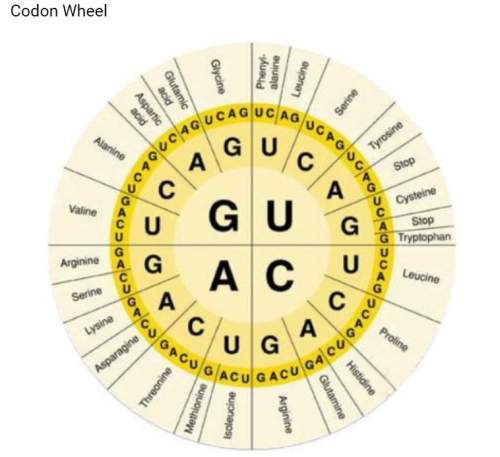
Biology, 02.10.2019 09:50 georgesarkes12
With which genetic region does the repressor protein interact?

Answers: 1


Other questions on the subject: Biology

Biology, 21.06.2019 23:00, gthif6088
The tasmanian devil, a marsupial carnivore, is facing extinction due to devil facial tumor disease (dftd) which causes bulging cancerous lumps and lesions to erupt around the face and neck — often causing enough deformation to make seeing or eating difficult. dftd has evolved into a contagious cancer, a trait that is unique among cancers. devil mating behavior involves biting around the head and neck, allowing cells from one individual — especially cells from the crumbly dftd tumors — to be transferred to the wounds or face of a new individual. this marsupial was once found across australia, but sea levels rose, isolating the tasmanian population, while the australian population went extinct. what would be an outcome of genetic isolation that is likely to have impacted the spread of dftd? a) reduced territory puts diseased individuals in greater contact with non-diseased ones. b) inbreeding results in less variation in facial features so the cancer is generally fatal. c) genetic isolation has made it difficult for scientists to develop a vaccine against dftd. d) the lack of genetic variation in the immune system of tasmanian devils minimizes resistance to the disease.
Answers: 3

Biology, 22.06.2019 00:30, loveagirl111puppy
On a recent expedition to a remote region of northern canada, scientists uncovered skeletal remains from about 100,000 years ago. surprisingly, all the skeletal remains, which included many species from differing biological families and spanned about two thousand years, showed evidence of experiencing temperatures in excess of 1000 degrees fahrenheit (or 538 degrees celsius). which of the following, if true, best explains the apparent paradox between the cold environment and the evidence of the bones experiencing hot temperatures? (a) chemical changes that naturally occur during the process of decay in only one north canadian species produce the same evidence of the species' skeletons being exposed to hot temperatures as the expedition scientists found. (b) a little over 103,000 years ago, a large fire is known to have occurred in northern canada. (c) strong evidence exists that as early as 70,000 years ago, homo sapiens around the world relied heavily on fire to cook animals. (d) in the same expedition and in roughly the same layer of excavation, scientists found rudimentary wood cutting and hunting tools used by early humans.
Answers: 3

Biology, 22.06.2019 03:00, longoriafaithe09
In 1959, doctors began using the powerful antibiotic methicillin to treat infections of staphylococcus aureus, but within two years, methicillin-resistant strains of s. aureus (mrsa) appeared. how did the resistant strains of s. aureus emerge? in 1959, doctors began using the powerful antibiotic methicillin to treat infections of staphylococcus aureus, but within two years, methicillin-resistant strains of s. aureus (mrsa) appeared. how did the resistant strains of s. aureus emerge? staphylococcus aureus bacteria that were able to synthesize cell walls using a protein that was not affected by methicillin survived the methicillin treatments and reproduced at higher rates than did other individuals. over time, these resistant individuals became increasingly common. in response to treatment of staphylococcus aureus infections with methicillin, some bacteria began to synthesize cell walls using a protein that was not affected by methicillin. these bacteria survived the methicillin treatments and reproduced at higher rates than did other individuals. over time, these resistant individuals became increasingly common. in response to treatment of staphylococcus aureus infections with methicillin, bacterial populations gradually began to synthesize cell walls using a protein that was not affected by methicillin.
Answers: 3

Biology, 22.06.2019 09:40, OliTepley8032
80 points pls brainliest 1. what does a red shift mean? blue shift? 2. describe the big bang theory. according to this theory, how old is the universe? 3. scientists believe the universe is expanding. what is the evidence that supports this? 4. describe a nebula. 5. describe the 3 types of galaxies. what is a barred spiral galaxy? 6. what is a light year? how far is alpha centauri from earth? 7. describe the universal law of gravitation. be sure to include gravitational force between two objects. 8. describe the planets’ orbits around the sun. 9. what is the asteroid belt? where is it located? 10. describe rotation and revolution of earth. what determines an earth day and year? 11. how do galaxies exist? 12. compare and contrast the inner and outer planets. 13. what causes the seasons?
Answers: 1
You know the right answer?
With which genetic region does the repressor protein interact?...
Questions in other subjects:


English, 17.02.2020 21:07



Mathematics, 17.02.2020 21:08








